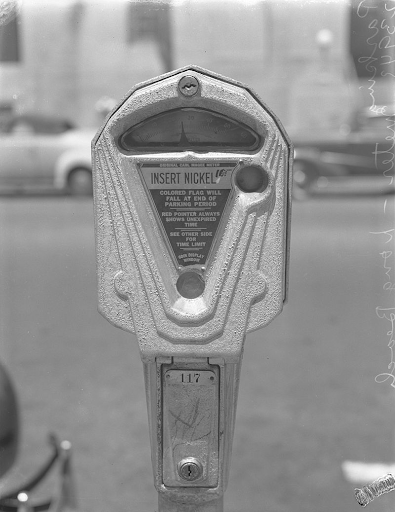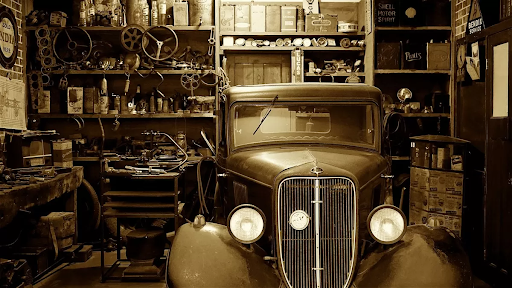HISTORY OF PARKING
The history of parking transitioned from parking meters to parking garages to automatic parking systems.
First parking meter

Ever wondered what parking was like when cars became popular? Let's go back in time to Oklahoma City in the early 1920s and 30s when there was no regulated parking anywhere because people didn't use cars. People parked their cars on the street and left them until they needed them again. In the mall, most of the parking spaces were occupied by employees working downtown, leaving no room for potential customers. Traffic jams were a daily occurrence in big cities. This hit businesses and soon people started thinking of ways to regulate parking hours.
People were unhappy with the lack of downtown traffic, so they decided to ask for help from Carl Magee an American lawyer and newspaper publisher who also patented the first practical parking meter.
Magee was not the first to patent a parking meter. The first patent for a parking meter was Roger W. Babson on August 30, 1928. Babson said he was an entrepreneur in the early 20th century. Babson came up with the idea of developing a parking meter that would draw energy from the power of parked vehicles. There is a connection from the meter to the car battery. But Babson is not known as the inventor of his parking meter. It was nothing more than an idea. Magee founded the Magee-Hale Park-O-Meter Company to manufacture parking meters. After that, the company changed its name to POM (an acronym for Park-O-Meter) and still manufactures parking meters.
Most people didn't like the idea of paying for parking, which was usually free. But soon, people in Oklahoma City noticed better traffic flow and less congestion. Initially, parking meters were installed on only one side of the downtown area. They said businesses saw positive effects within days, three days after he had the meter installed on one side of the street, and a business owner on the other side of the street parked his meter in front of the store. The installation of parking meters not only solved the traffic problem but also brought revenue from new costs to car owners who wanted to park their cars downtown.
PARKING GARAGE

The more people own cars, the greater the need for parking spaces. Parking became a problem and cities were looking for solutions to park as many cars as possible in as few spaces as possible. The first cars weren't as weatherproof as today's cars. They had an open top, and leather seats and were very delicate. As a result, they had to park indoors protected from cold, rain, and other weather conditions. The first parking lot looked like any other building where people store their stuff. In some cases, the parking lot was a stable and the car parking fee was the same as the horse stable.
Automatic parking system "APS"

The first automatic parking lot was built in 1905: Garage Rue de Ponthieu in Paris, France. People needed more parking spaces, but less land was available. This multi-storey car park had an internal elevator that moved cars from one floor to another. In these levels, parking attendants parked cars in empty spaces. People didn't park their cars by themselves. Garage Rue de Ponthieu was not a fully automated car park, but many consider it to be the first car park with an automated element and thus a pioneer of APS. It's technically a semi-automatic parking lot
Over time parking has evolved into what it is today.